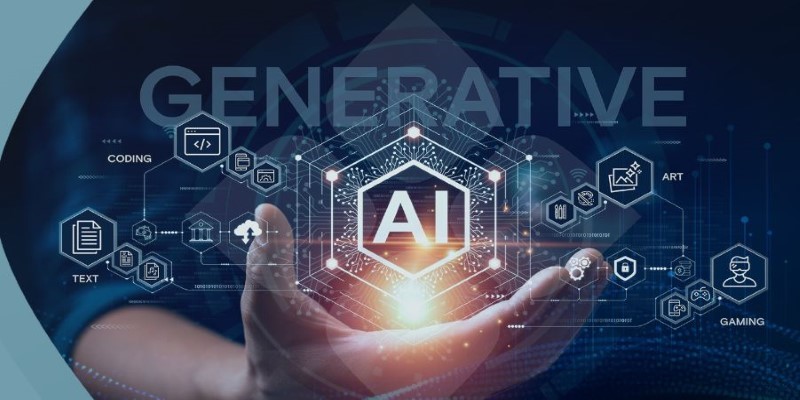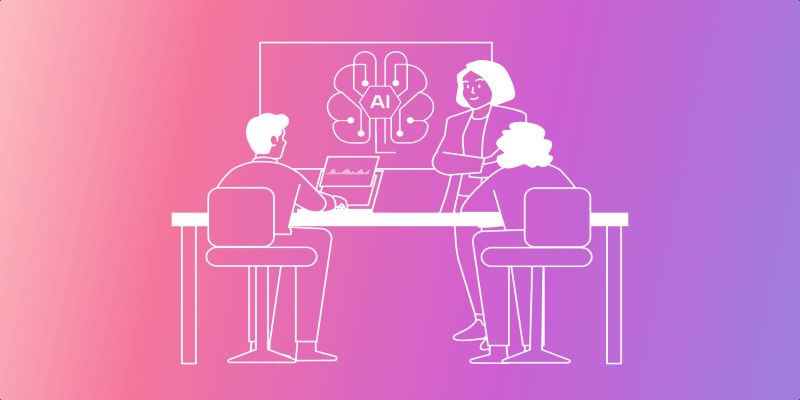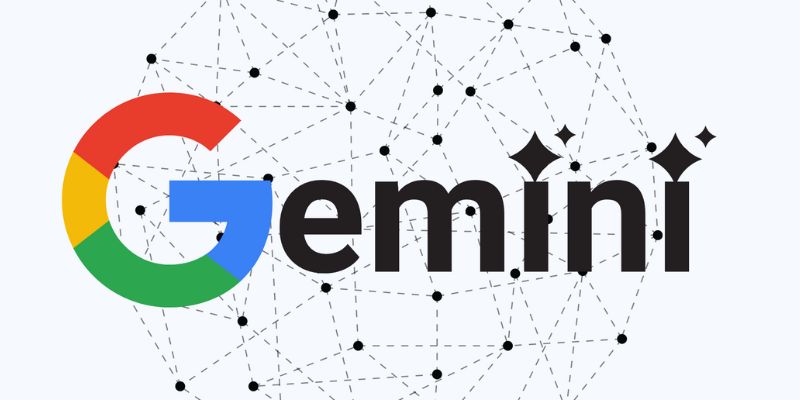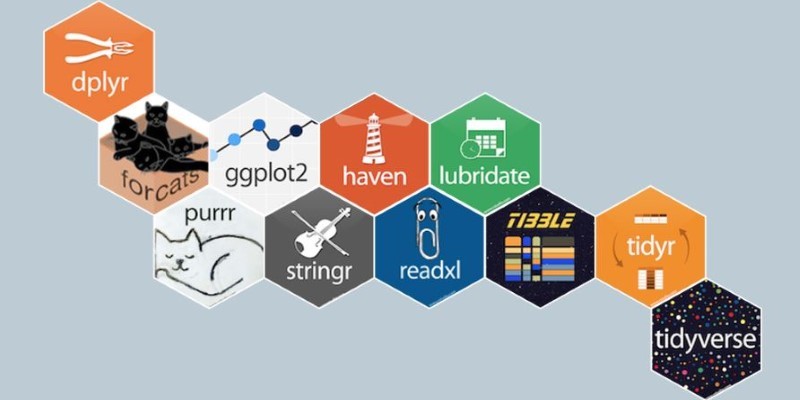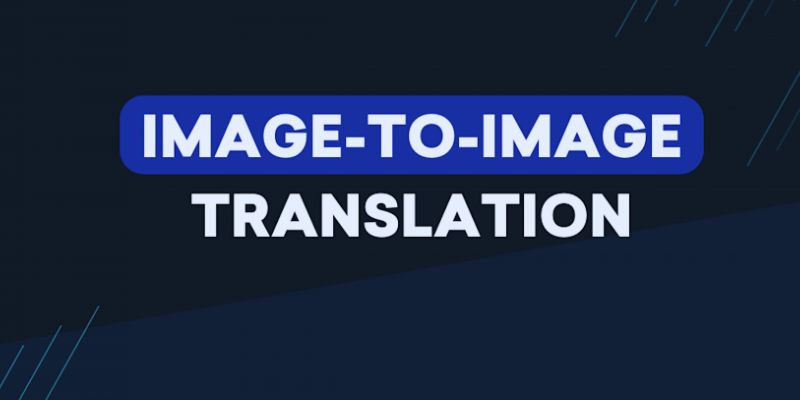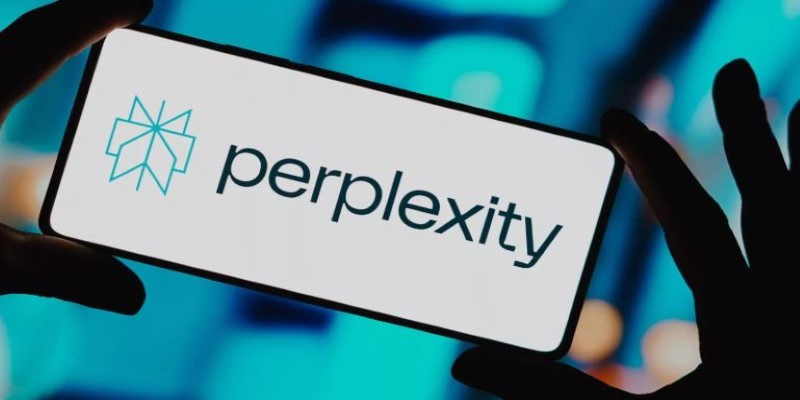Public transportation is very important to modern towns, but it often doesn't work well because of things like delays, overcrowding, and bad route planning. By making plans and routes better, Artificial Intelligence (AI) is changing the way transportation systems work and making journeys faster, smoother, and more reliable for workers.
By looking at real-time data and finding the best ways, AI is changing public transportation. With this technology, plans are changed based on real-time customer demand and road conditions. It makes transportation services more reliable and effective. Cities and transport officials are using AI to run bus, train, and metro systems more efficiently and make the journey better for people.
How AI Enhances Public Transport Efficiency
AI technology is changing public transportation by using real-time data, machine learning, and predictive analytics to create better transit systems. Here’s how AI is making public transport smarter:
- Tracking in real-time and route optimization
- Predictive schedules to cut down on wait times
- Analysis of traffic and delays to make things run more smoothly
- AI-powered demand forecasts to make better use of resources
- Made public transportation safer and easier to track
- Lessening of running costs and energy use
Real-Time Tracking and Route Optimization
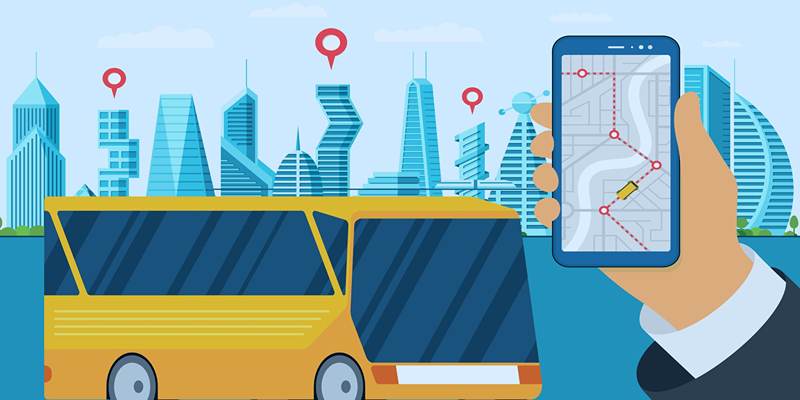
One of the biggest advantages of AI in public transportation is its ability to optimize routes in real time. AI-powered systems analyze:
- GPS Data: Keeping an eye on buses, trains, and cabs to offer different paths when needed.
- Traffic Patterns: Identifying congested areas and suggesting quicker routes.
- Weather Conditions: Adjusting schedules based on real-time weather updates.
- Passenger Flow Data: Understanding which routes experience high footfall and making adjustments accordingly.
It keeps public transportation running smoothly, cutting down on wait times that aren't necessary and making passengers happier. For instance, if there is a sudden delay on a train line, AI-powered route optimization can tell buses to change their plans to help people who are stuck.
Predictive Scheduling to Reduce Wait Times
Long waiting times at bus stops or train stations frustrate commuters. AI helps reduce these delays by:
- Analyzing past travel data to predict peak hours.
- Adjusting schedules dynamically to match commuter demand.
- Reducing idle times by optimizing vehicle deployment.
- Minimizing empty vehicle trips by ensuring better coordination between various transport modes.
Public transportation authorities use AI-based systems to analyze passenger boarding patterns and adjust train or bus arrivals accordingly. It means fewer buses running half-empty while ensuring additional services during peak hours when demand is higher. AI-powered systems also adjust stop frequencies based on demand, skipping underused stops during off-peak hours to speed up travel times.
Traffic and Congestion Analysis for Smoother Operations
Traffic congestion is a major issue in urban areas, often leading to delays in public transportation. AI helps in:
- Monitoring road conditions to avoid traffic jams.
- Adapting routes dynamically based on congestion levels.
- Coordinating with traffic signals for smoother transit flow.
- Identifying accident-prone zones and adjusting routes to minimize disruptions.
AI-powered traffic management systems analyze live traffic feeds and automatically reroute buses and taxis to avoid bottlenecks. This results in more predictable arrival times, improved commuter experiences, and lower vehicle idle times, which further reduces fuel consumption.
AI-Powered Demand Forecasting for Better Resource Allocation
AI doesn’t just improve schedules and routes; it also ensures that transport services match commuter demand. It helps in:
- Predicting passenger volume at different times and locations.
- Ensuring the right number of buses or trains are available during peak hours.
- Reducing operational costs by avoiding unnecessary trips during off-peak times.
- Preventing overcrowding by monitoring seat occupancy in real-time.
It leads to more efficient use of resources and better service for passengers. Transport authorities use AI-powered analytics to adjust fleet sizes dynamically, ensuring sufficient transport availability without running empty buses or trains unnecessarily.
Improved Public Transport Safety and Monitoring

AI is also playing a significant role in enhancing safety in public transportation by:
- Analyzing security camera feeds to detect suspicious activity.
- Using facial recognition to prevent unauthorized access to restricted areas.
- Monitoring driver behavior to reduce reckless driving.
- Detecting maintenance issues before they become major problems.
Many modern metro systems use AI-based surveillance to ensure passenger safety, identifying potential security threats in real-time. AI also helps in monitoring bus and train drivers, detecting signs of fatigue or distracted driving, and alerting supervisors to prevent accidents.
Reduction in Energy Consumption and Operational Costs
AI is helping transport operators cut down on energy use and reduce costs by:
- Optimizing fuel consumption by analyzing driving patterns.
- Improving vehicle efficiency through predictive maintenance.
- Reducing unnecessary idling time at stops and terminals.
- Balancing electrical load in metro systems to prevent energy waste.
Electric buses and metro systems benefit from AI-based energy management, which ensures optimal power usage. For instance, AI adjusts train acceleration and braking patterns to maximize energy efficiency, significantly reducing operational costs.
Challenges of Implementing AI in Public Transport
While AI offers many benefits, there are some challenges in adopting it in public transportation systems:
- High implementation costs for AI-powered infrastructure.
- Need for reliable data collection from multiple sources.
- Privacy concerns regarding passenger tracking and monitoring.
- Integration issues with existing transport systems.
- Technical training is required for staff to manage AI-powered systems.
Conclusion
AI is transforming public transportation by making schedules and routes smarter, reducing delays, and improving overall efficiency. With real-time tracking, predictive scheduling, and AI-powered demand forecasting, cities can provide better public transit services while reducing congestion and pollution. AI has already made a significant impact on the way public transport operates, offering smoother journeys, optimized routes, and better passenger experiences. As more cities adopt AI-based solutions, public transportation will continue to evolve, making daily commutes more efficient and reliable for millions of passengers worldwide.



